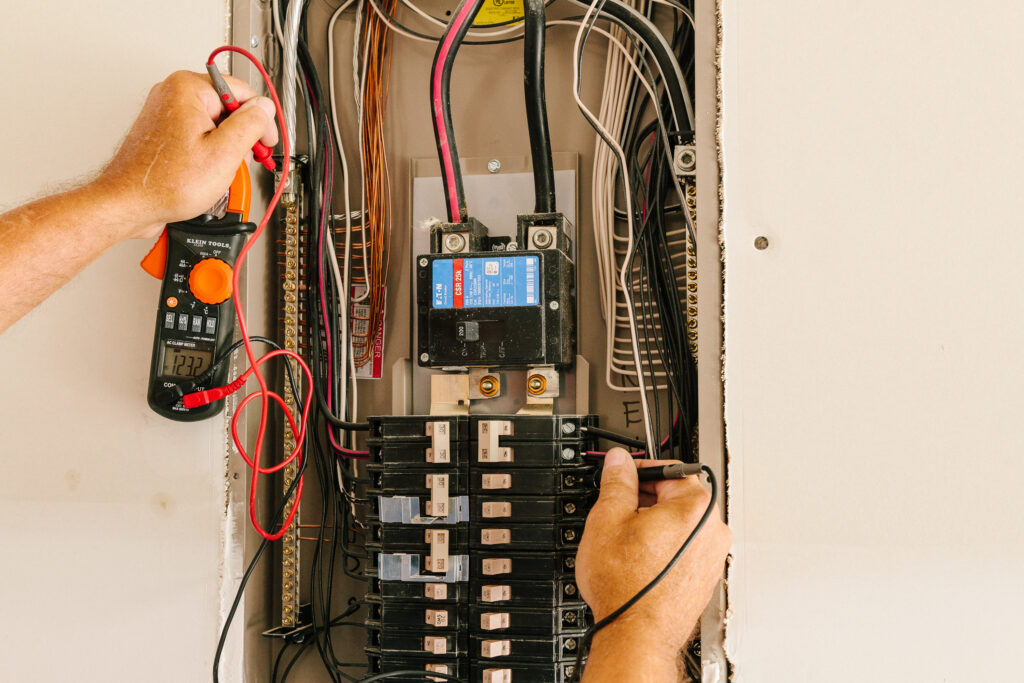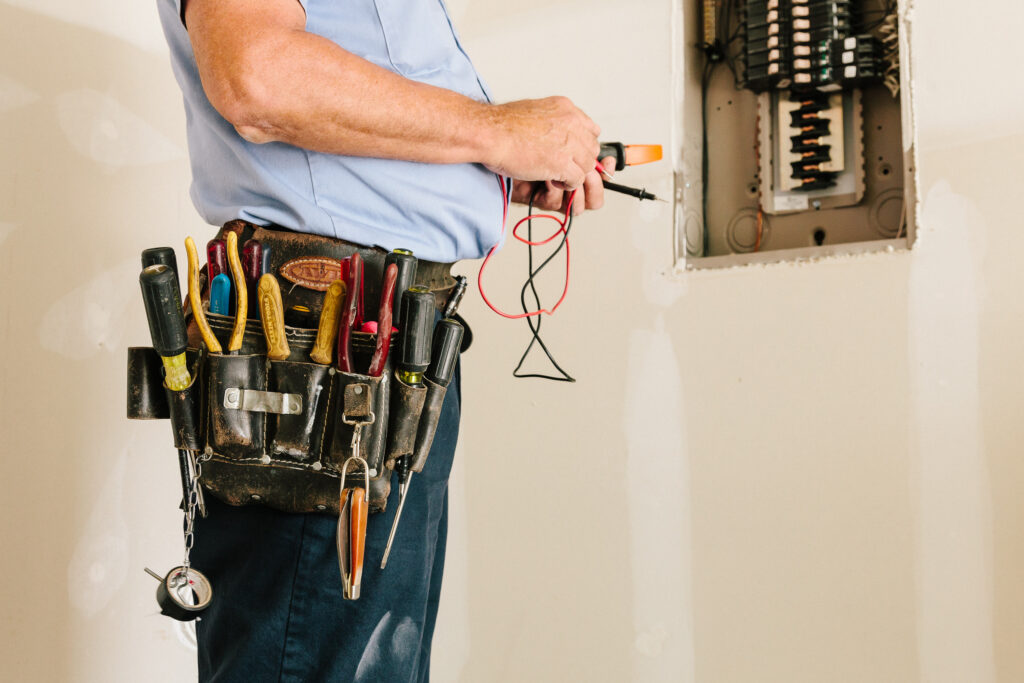What Is Electrical Load Testing?
Have you wondered what the term “electrical load” means? Electrical load refers to the amount of power your home or business uses, and electrical load capacity means the total amount of power going to your home or commercial structure.
Why is it important to know these numbers? If you have a problem with your electrical distribution system, one way to determine what’s wrong is to conduct an electrical load test. This will give you a solid reading of the amount, type and quality of the power going into your building.

Electrical Load Testing in Residential Settings
In a residential setting, electricians use load testing to determine:
- The exact amount of energy you’re using.
- How and when you use the most energy.
- How much excess capacity you have.
- Whether you can save energy by making adjustments.
- Whether electricity is flowing freely through all your wires.
Commercial Load Testing
In an industrial or commercial setting, you might call this test a “power analysis survey.”
A power analysis survey can give you a lot of information about your building’s energy use. It can also:
- Find ways to cut energy costs.
- Ensure the electrical system is operating at full capacity.
- Prevent power outages.
- Use preventive maintenance to keep the system operating safely.
- Ensure your electrical supply is steady and dependable.

How Do Electricians Conduct the Load Test?
To begin the test, technicians attach special instruments to the panel conductors. They apply these testers to the main panel and the subsystems. A recording device reads and records the current, voltage, and power factor. The power factor refers to the percentage of power the system uses. A high power factor shows the system is operating at peak performance.
A technician then compares these numbers to the electrical load calculation for the entire building.
Tools the Technician Might Use
Electricians use several tools to measure the load and capacity levels of your system. Some typical tools you might see include the following.
Multi-Meter
This handy device combines several functions in one portable tool.
A multi-meter is also called a Volt-Ohm meter or VOM. You can test voltage, frequency, and resistance with a multi-meter. Multi-meters come in both analog and digital versions. A multi-meter can check your light bulbs, extension cords, and outlets. It’s a good tool for small repairs, but you should leave larger jobs to professionals.
Megohmmeter
This is an ohmmeter that measures the electrical resistance of insulated areas. Some technicians call it a “megger.” You use it to test how much power is coming through insulated wires in your circuit breakers, transformers, or cables.
High-Current Test Set
This tester may consist of a control unit and a separate output unit. They work together to test voltage levels in circuit breakers. Some high-current test sets come in single units.
Power Recorders
These devices measure voltage and flow levels and then download the data into a software package. The software analyzes the data to give an accurate picture of your electrical system. Power recorders can spot low or inconsistent power levels and other problems before they become major.
Get Your Electric System Tested
An electrical load test should run for a minimum of seven days. Sometimes, a 30-day test may be necessary. If you think your residential or commercial electrical system could use a good analysis, contact SESCOS about running a load test. You’ll get a detailed report and recommendations for improvements to your system or the ways you use it.
If you need help with any electrical issue, contact SESCOS today.